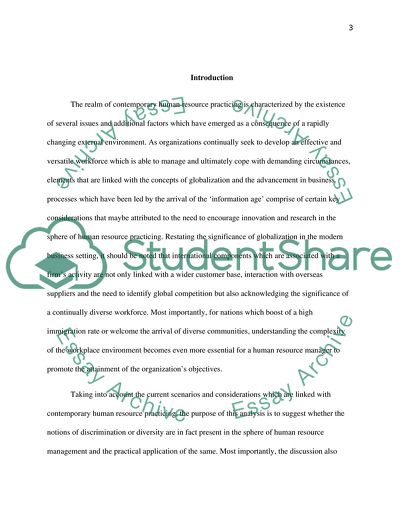Cite this document
(Discrimination and/or Diversity: Does it Excise in Todays Human Term Paper, n.d.)
Discrimination and/or Diversity: Does it Excise in Todays Human Term Paper. https://studentshare.org/human-resources/1832496-discrimination-andor-diversity-does-it-excise-in-todays-human-resource-practicing
Discrimination and/or Diversity: Does it Excise in Todays Human Term Paper. https://studentshare.org/human-resources/1832496-discrimination-andor-diversity-does-it-excise-in-todays-human-resource-practicing
(Discrimination and/Or Diversity: Does It Excise in Todays Human Term Paper)
Discrimination and/Or Diversity: Does It Excise in Todays Human Term Paper. https://studentshare.org/human-resources/1832496-discrimination-andor-diversity-does-it-excise-in-todays-human-resource-practicing.
Discrimination and/Or Diversity: Does It Excise in Todays Human Term Paper. https://studentshare.org/human-resources/1832496-discrimination-andor-diversity-does-it-excise-in-todays-human-resource-practicing.
“Discrimination and/Or Diversity: Does It Excise in Todays Human Term Paper”. https://studentshare.org/human-resources/1832496-discrimination-andor-diversity-does-it-excise-in-todays-human-resource-practicing.


